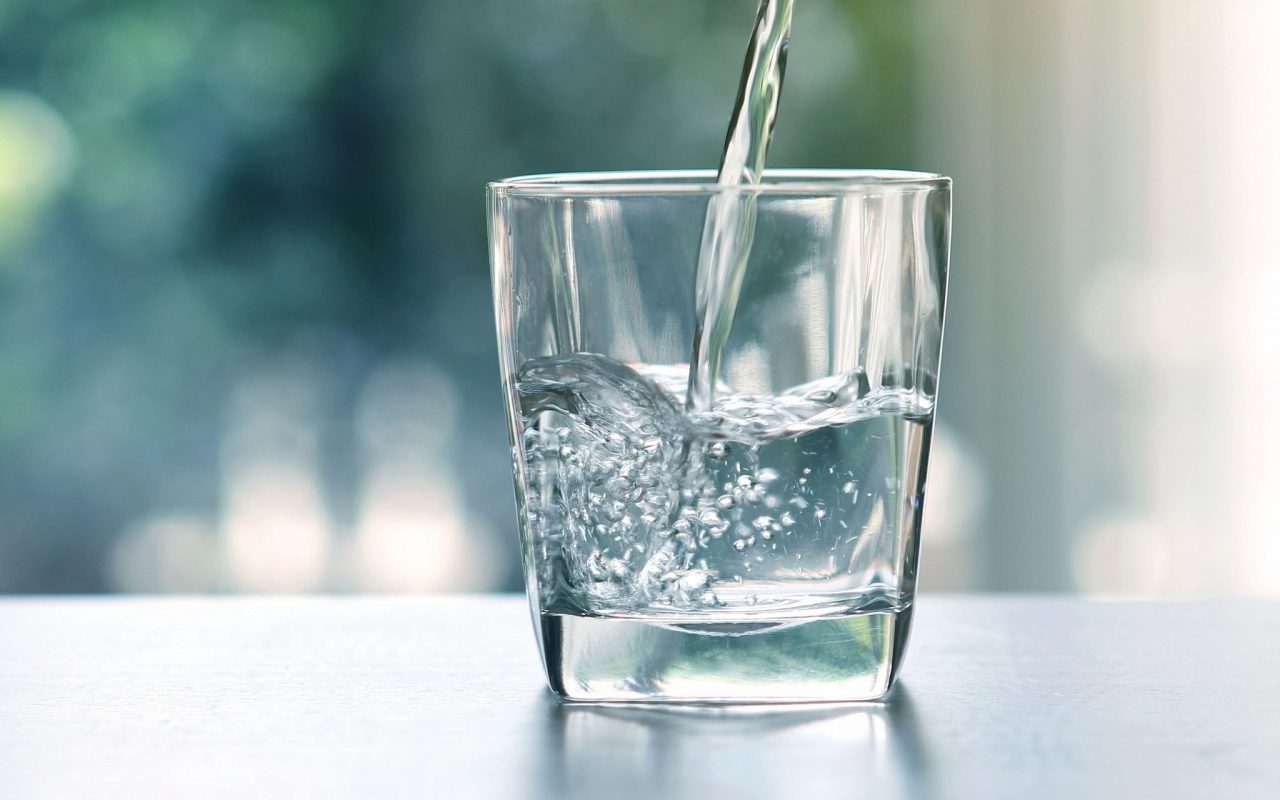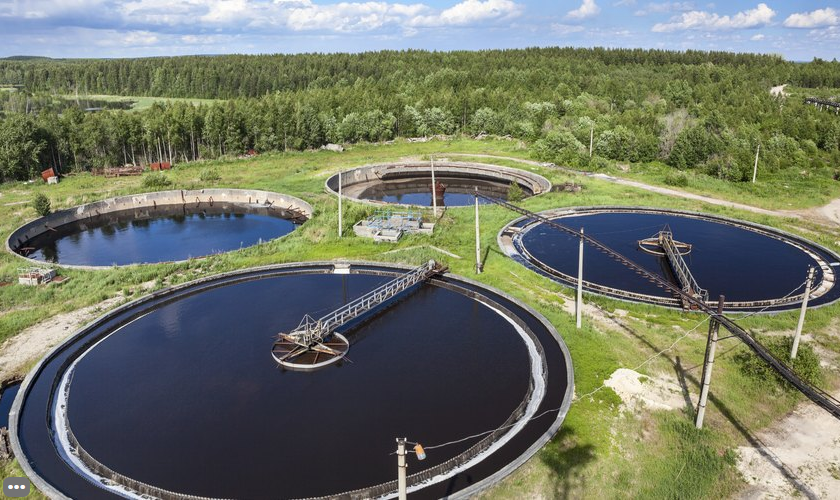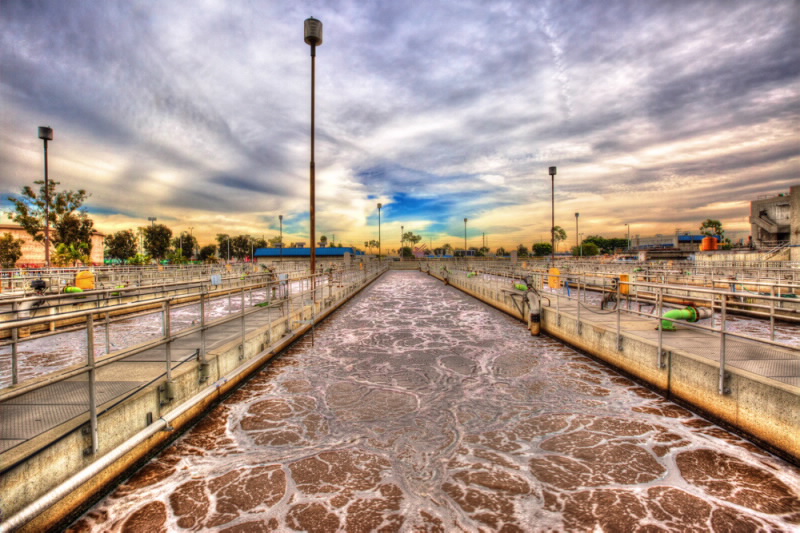Solving environmental problems usually just means cleaning up the mess people have made. But scientists are increasingly interested in creating something valuable from pollution. “One man’s trash is another man’s treasure”, as they say, and researchers have now demonstrated several ways that useful products can be obtained from waste in industry and agriculture while also remediating contaminated soil, water and air.
May, 2020 - PT. AMANAID
You can purify water by treating it with a chemical; either chlorine or iodine. You can also use filtration or ultraviolet light. Another simple way is to boil the water. All of these methods are effective provided they are done properly. Anyway, you only need to choose one method that you are more comfortable with.
A waste water treatment plant cleans sewage and water so that they can be returned to the environment. These plants remove solids and pollutants, break down organic matter and restore the oxygen content of treated water. They achieve these results through four sets of operations: preliminary, primary, secondary and sludge treatments. Normally, a network of sewers connected to homes, commercial buildings, schools and street grates delivers waste water and solids to a treatment plant's collection tanks and basins in a never-ending flow.
By nature, water is known to be pure as it is composed of strongly bonded atoms of hydrogen and oxygen. However, the water supply across the globe has to share space with other things such as organic materials, minerals, chemicals and manmade pollutants. This brings about an undrinkable solution, since it can contain deadly bacteria and viruses, among other disease-causing agents. Luckily, mankind was able to develop different water treatment methods to allow our water supply to be safe to drink. While there are some methods that are not effective on a larger scale, all of them make untreated water potable for human consumption.




